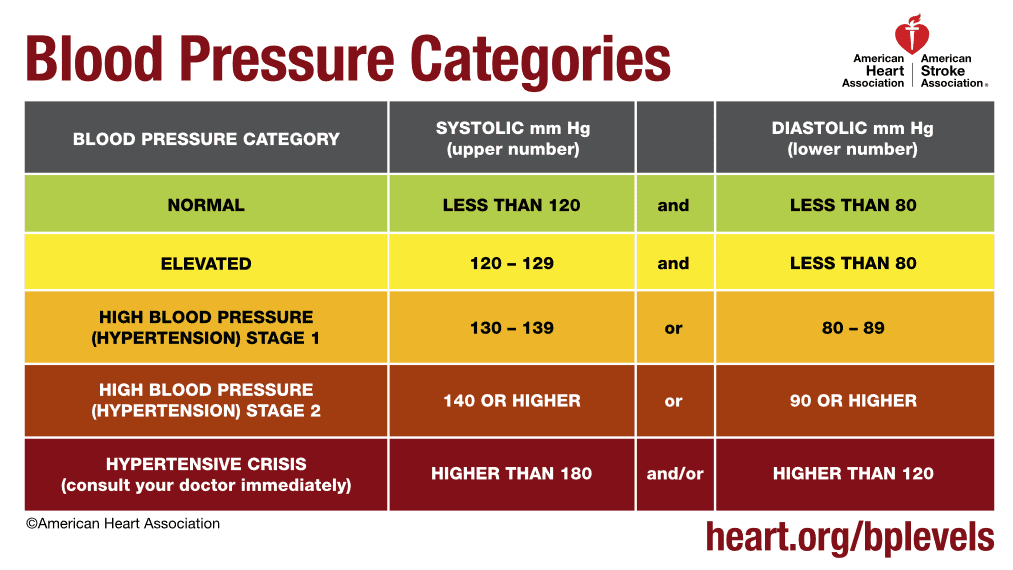
Sep 08, 2021
This is the second of a series of articles covering the importance of measuring the various vital signs. This article focuses on the measurement of blood pressure.
Our heart is responsible for transferring blood along with nutrients and oxygen through our circulatory system. In each pump, pressure in the blood vessels is produced. Without blood pressure, your heart will not be able to transfer all the necessary elements through your circulatory system to your organs. However, high blood pressure can also be alarming for an individual since it can lead to various heart diseases. Thus, it is very important for us to understand what blood pressure (BP) is and what the measurements for BP indicate.
Blood pressure (BP) is the pressure of your blood against your arteries. Throughout the day, your blood pressure may vary slightly due to daily activities. BP is measured by two numbers: systolic blood pressure and diastolic blood pressure. Systolic blood pressure refers to the pressure inside your arteries when your heart beats; diastolic blood pressure refers to the pressure inside your arteries when your heart is in-between beats.
Blood Pressure in Blood Vessels. Source: Centers for Disease Control and Prevention
Depending on your heart, the size and stretchability of your blood vessels, and the thickness of your blood, blood pressure can vary. However, despite the daily fluctuations of your blood pressure, multiple measurements of systolic pressure higher than 120 mmHg and diastolic pressure higher than 80 mmHg raises concerns for your health and will be classified as having an elevated blood pressure. According to the American Health Association, a blood pressure measurement that is constantly higher than 130/80mmHg will be considered as having a high blood pressure, also known as hypertension stage 1; a blood pressure higher than 140/90 mmHg is classified as hypertension stage 2. If you recorded a blood pressure higher than 180/120 mmHg, seek immediate help from professionals. Having an elevated blood pressure can lead to hypertensive stages, and living with hypertension increases the risk of cardiovascular diseases, such as heart attacks and strokes. On the other hand, having low blood pressure is defined by a blood pressure lower than 90/60 mmHg. Risks concerning hypotension include dizziness, fainting, and fatigue. Extreme cases might even be life-threatening.

Blood Pressure Categories. Source: American Heart Association.
Natural ways of lowering blood pressure measurements include decreasing sodium intake, increasing daily physical activity, incorporating a healthy diet, and reducing stress. In more severe cases, hypertension requires medication from professionals. Typical ways to improve a low blood pressure include eating a balanced diet, drinking water, and taking medication if needed. In general, in order to maintain a normal and healthy blood pressure, focus on eating a balanced diet and maintaining more than 150 minutes of exercise every week.
FH Vitals™ is capable of measuring blood pressure within a ± 5-10 mmHg accuracy. With just a few seconds, you will be able to acquire important information concerning your health so that you can improve your quality of life drastically. By knowing about your blood pressure, you can prevent yourself from developing high blood pressure and take action early on.
FH Vitals™ makes it effortless, simple, and quick to obtain health measurements such as your blood pressure. We make it possible for you to achieve a healthy lifestyle with simply a smartphone. If you hope to improve your health or the health of your loved ones, contact us for a demo to experience FH Vitals™ yourself.